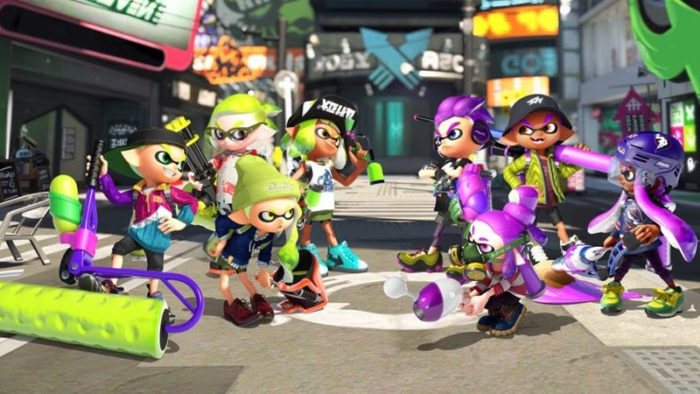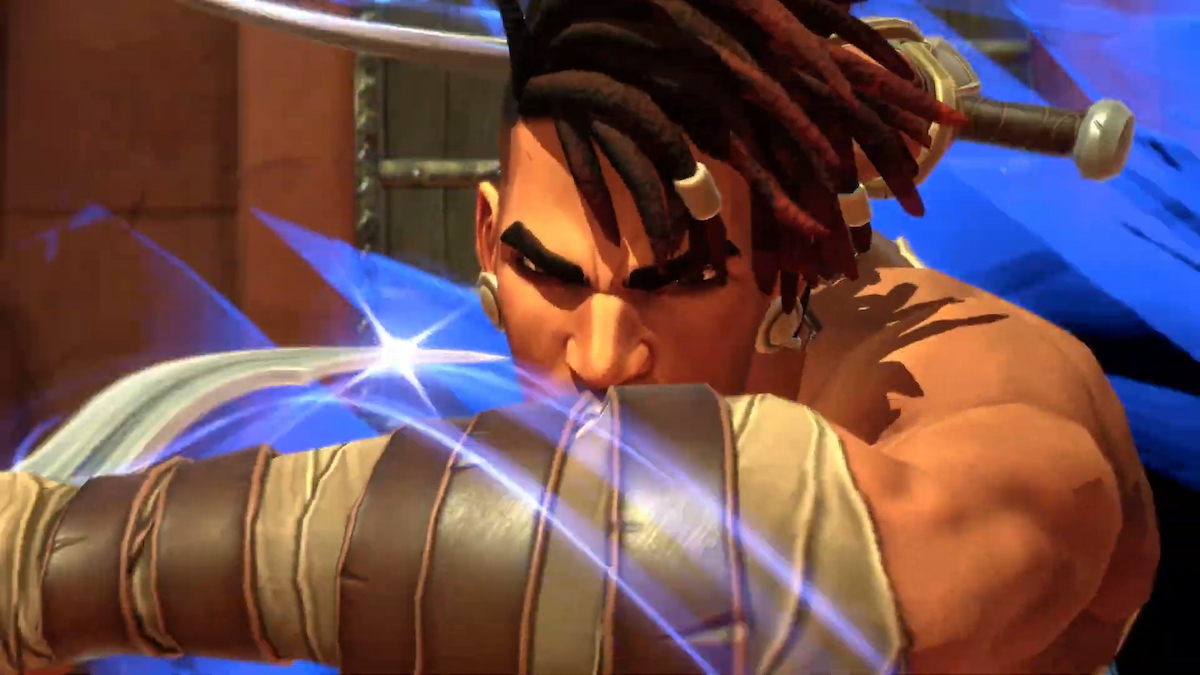Though Nintendo hasn’t exactly been completely upfront about this, it’s pretty clear that Splatoon 2’s matchmaking system is region-locked. Whereas the first game offered global matchmaking where the east could play against the west, the sequel has opted for a closed system where matchmaking seems to be purely based on a player’s internet connection and ping. The problem with that is, the player base has been divided.
This isn’t a new issue. Back when I was reviewing Splatoon 2 for Twinfinite, I often struggled to get into a regular Turf War match unless I played at specific times of the day, or if I used a LAN cable to tether my Switch to improve the connection. It’s a solution that helped me get into more consistent matches, but it certainly wasn’t ideal. If I didn’t do that, I’d be stuck in a lobby with five or six other players, only to watch the two-minute timer count down to nothingness and be inevitably booted from the room before having to queue again. And makeshift workarounds aside, the very fact that Splatoon 2 now suffers from a split player base of sorts could be an issue for the competitive scene down the line.
It’s no secret that Splatoon’s most competitive players reside in Japan and the Asia region in general. Try to get into a ranked battle on the eastern side of the world, and you shouldn’t have too much trouble matching up against S rank players, though you will still run into lobbies with empty slots every now and then. Because of the geographical differences, the original Splatoon allowed players from all over the world to match up together in competitive games, which meant that you never had to worry about not being able to find a match. There would still be occasional lag and latency issues if your connection wasn’t great of course, but that wasn’t a problem as long as it meant you could jump into a high ranking competitive game almost anytime you wanted. Getting to play against the best Splatoon players was definitely worth the price of admission as well.
Which is why Nintendo’s approach to handling Splatoon 2’s matchmaking servers is a little disappointing. Because of the region lock, getting into ranked matches specifically can be a hassle. When you take into consideration the fact that the highest competitive tiers have the least number of available players, you’re often forced into half-empty lobbies watching that same timer count down with no hope of any other online player jumping in, or even any way to back out of the queue. This problem is the most prevalent in the S ranks and up, but even in the middle A tiers, I’ve experienced more than a few instances of just not being able to get enough players into a lobby to start a proper game.
Things feel a little better when you’re just playing Turf War, but I’ve also had similar experiences in the latest Splatfest event because I had the urge to play a bit of Splatoon at the break of dawn without having to go through the hassle of plugging in a LAN cable. Factor in the map and mode rotations every couple of hours, and it’s easy to see why players are frustrated that so much precious time is wasted on queuing and waiting when they just want to play on a map or a mode that they’re good at.

This negative impact is perhaps the most felt when you’re trying to play League Battles, which is a competitive mode where players can group together in twos or fours. Again, because of the regional matchmaking system, it can take forever to even get into a match with another group. And even if you do get into one, you’re often being pit against the same few groups that happen to be online and playing in your timezone.
Most online multiplayer games often give you the option to choose which servers you want to play on. Overwatch, LawBreakers, and PUBG come to mind, as all these titles allow you to choose the regional server you want to play on. Even LawBreakers allows you to switch servers on consoles. It’s a smart approach for games like these because with this option, players essentially never have to worry about not being able to get into a game, and it’s also the same solution that Splatoon 2 could really use.
Being the biggest online multiplayer game currently available on the Switch, Splatoon 2 has highlighted a number of glaring problems within Nintendo’s online infrastructure. No server choice, proper voice chat, or party system can make a lot of players think twice about getting a monthly paid subscription for when the Switch’s online services are properly launched. You can still have a lot of fun in Splatoon 2’s game modes without global matchmaking of course, but being limited in the number and variety of teams you can get matched up with is a serious bummer.





Published: Oct 18, 2017 09:25 am